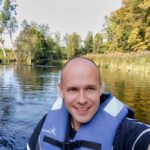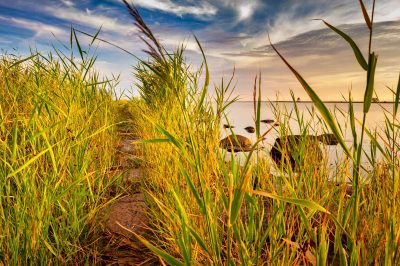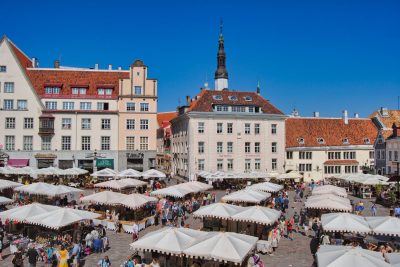Northeast Estonia comprises the two counties of Lääne-Viru and Ida-Viru with their two most important centres Rakvere and Narva. Here you will find some dreamy fishing villages and old manor houses, but also beautiful beaches and medieval fortresses. In short, there is a lot to discover. In this article, we would like to introduce you to the north of the country with its partly predominantly Russian-speaking populations.
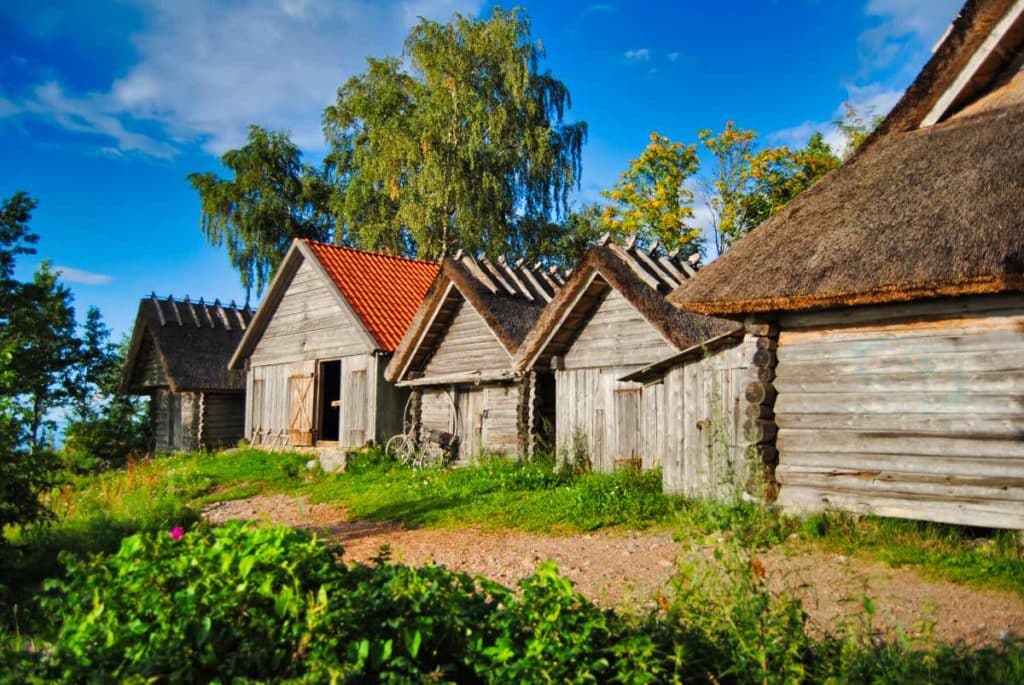
Lahemaa National Park
Lahemaa translates as “land of bays” and here, on the north coast, four distinctive peninsulas stretch out into the Gulf of Finland. In a way, the national park is representative of the whole of Estonia, as it contains some elements for which the whole country is known. Beyond the rocky coast are vast fields where cranes and storks rest, as well as forests and streams.
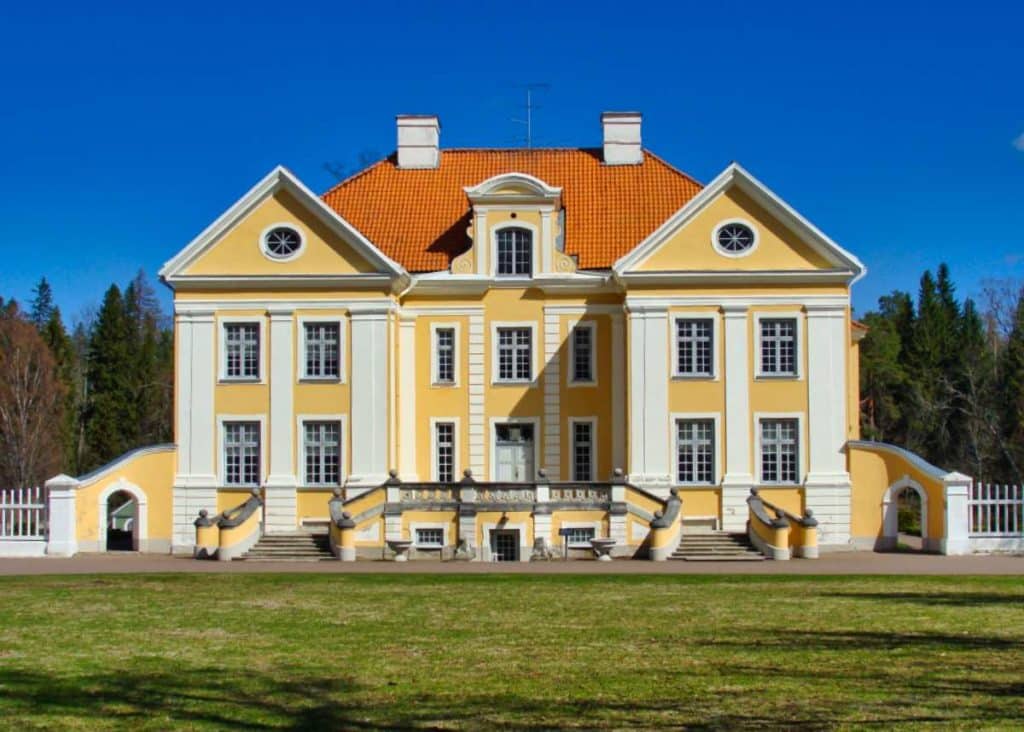
On the traces of historic estates
In North-East Estonia, too, many areas were administered by Baltic German nobles for a long time. They often had magnificent manor houses built, many of which have survived the test of time. The best known of these is Palmse. But the estates of Kolkja – although partly in ruins – and Sagadi are also absolutely worth seeing. Incidentally, the extensive estate is also the seat of the Estonian National Park Administration. The fourth of the well-known estates, Vihula, houses a chic hotel*. The easiest way to explore Lahemaa is by car or by bike. Alternatively, you can walk along marked hiking trails such as the Beaver Trail (where you will at least discover beaver dams).
Old fishing villages and modern art
Traditional Estonian wooden houses can be seen in the old fishing village of Altja. Käsmu, on the other hand, has become famous as a captain’s village. And if you are interested in art, you will definitely not be disappointed by the great museum in Viinistu, right by the sea.
Rakvere
With its 15,000 inhabitants, Rakvere is the seventh largest city in the country and the largest city in the north-east after Narva and Kohtla-Järve. Rakvere is ideal if you want to visit the Lahemaa National Park and stay here. But there is also plenty to see in the city itself!
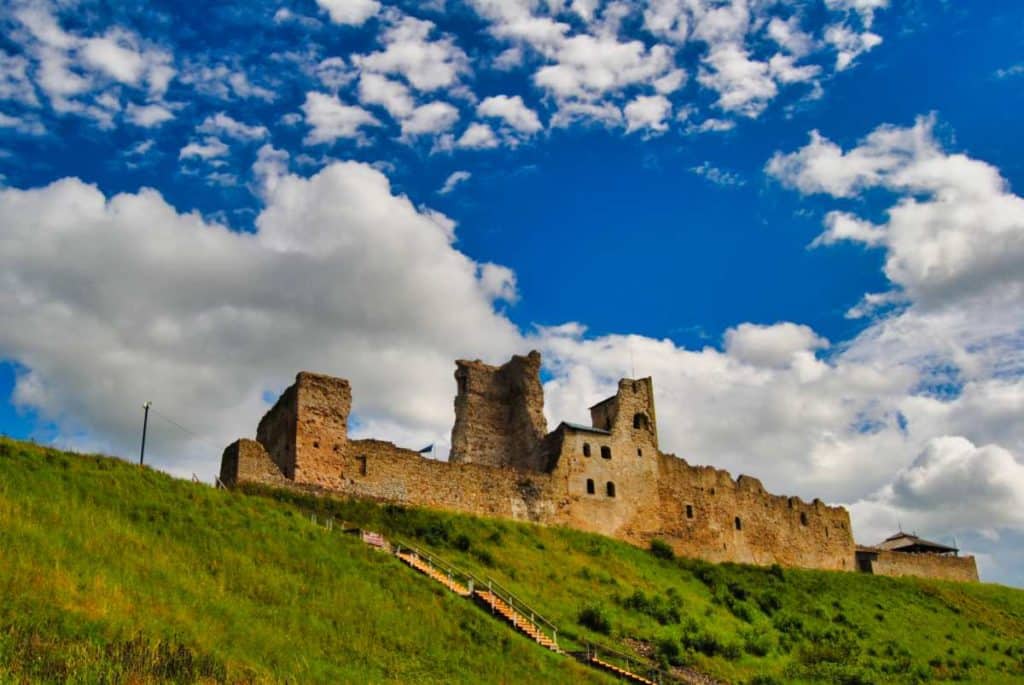
Castle
High on a mountain sits an impressive castle from the Middle Ages. In the 14th century it was sold by Denmark to the Teutonic Order, which greatly expanded it. It subsequently changed hands several times; Russia, Poland and Sweden used it as a fortress. After it had been destroyed several times, a museum was set up here in the 1970s and the complex was restored. Here you can not only learn about life in the Middle Ages, but also enjoy a great view of the city!
Civic Museum
In addition to the castle museum, Rakvere has another important exhibition dedicated to the life of the town’s citizens at the beginning of the 20th century, which can be explored with an English-language app. The small show is housed in a historic town house from the 18th century.
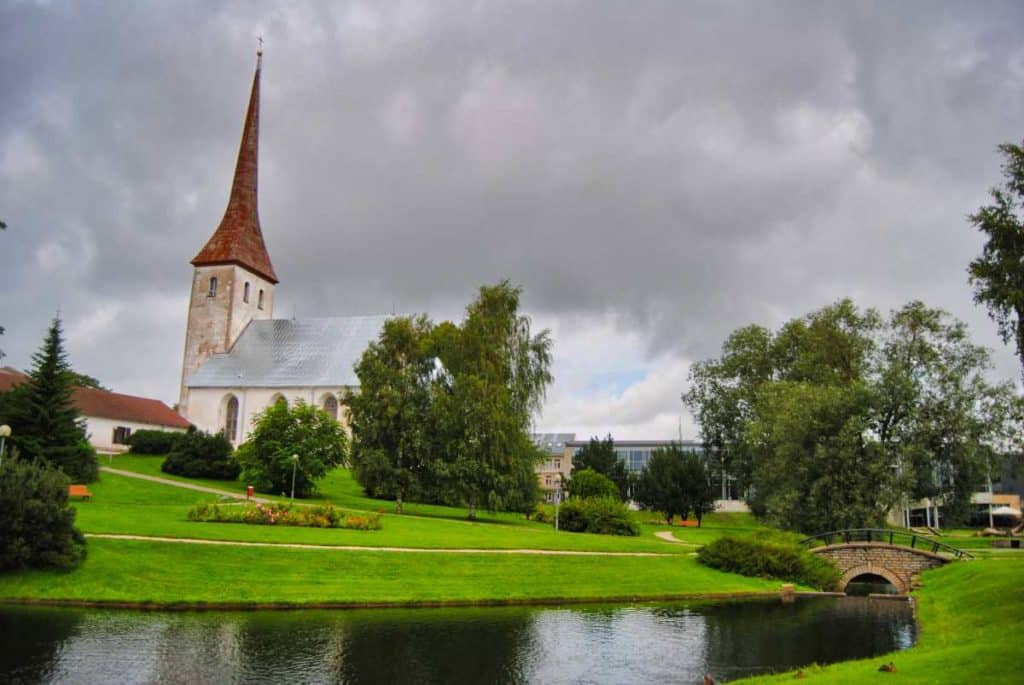
Trinity Church
The impressively high tower of the town parish church rises in the middle of the centre. It has a baroque pulpit with valuable wood carvings and a wonderful altar from the early 18th century.
St Paul’s Church
To the south-east of the Trinity Church stands another important place of worship. It is dedicated to St. Paul. Construction began in 1931 and the church was completed in 1940, during the brief period of Estonian independence between the two world wars. Originally, two filigree spires were to crown the two massive towers, but these were never completed because the Soviet Union invaded Estonia the day after the church was consecrated. Under the Soviets, the church was then converted into a sports hall, and it still serves as such today. Currently, a modern concert hall is being built here, which is to correspond architecturally with the church.
New, old apartment blocks
In 2020, Rakvere was named one of the top 100 destinations for sustainable tourism. The city owes this above all to the fact that entire streets consisting of old Soviet prefabricated buildings have been made fit for the future. Not only have heating costs been saved, but also cosmetic improvements have been made in Rakvere.
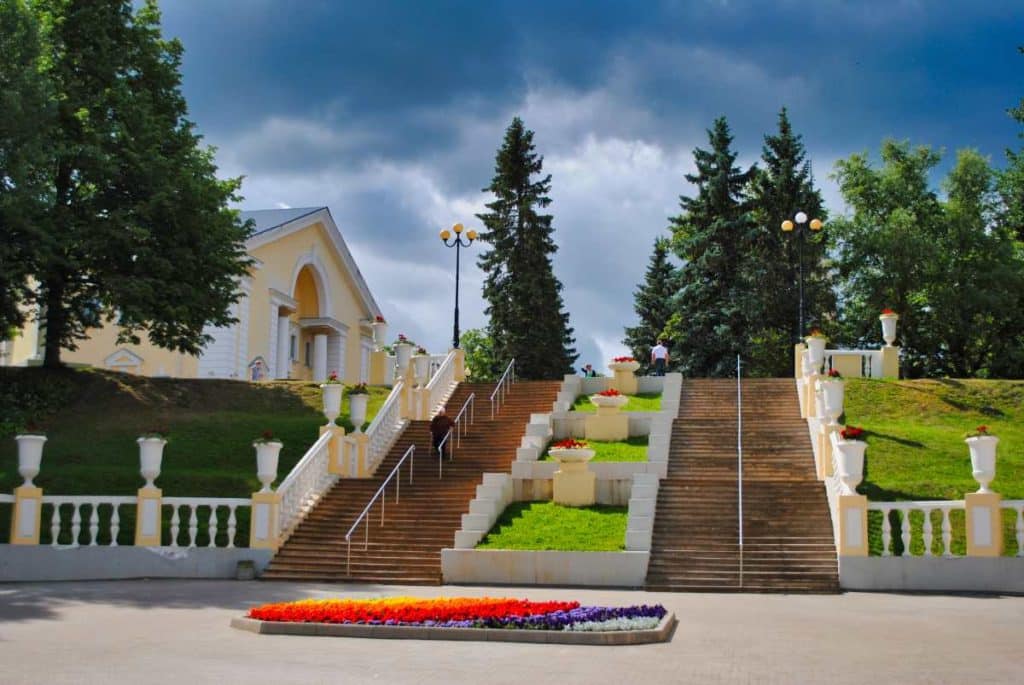
Sillamäe
Sillamäe is only slightly smaller than Rakvere and lies directly on the Baltic Sea. In contrast to medieval Rakvere, it is very young, as the small town only grew in the first half of the 20th century due to the oil shale industry that was settled here. Immediately after the Second World War, the processing of uranium ores began here, which were also used to build the Soviet Union’s first atomic bomb. And so Sillamäe developed into an important armaments location, even today rare ores and earths are processed here.


A unique architectural ensemble
That alone would probably not be a reason to visit the city. But what makes Sillamäe so special is its architecture. The main street, Rumyantsevi Street and Kesk Street are almost exclusively from the Stalin era and illustrate the architectural ideals of the time.
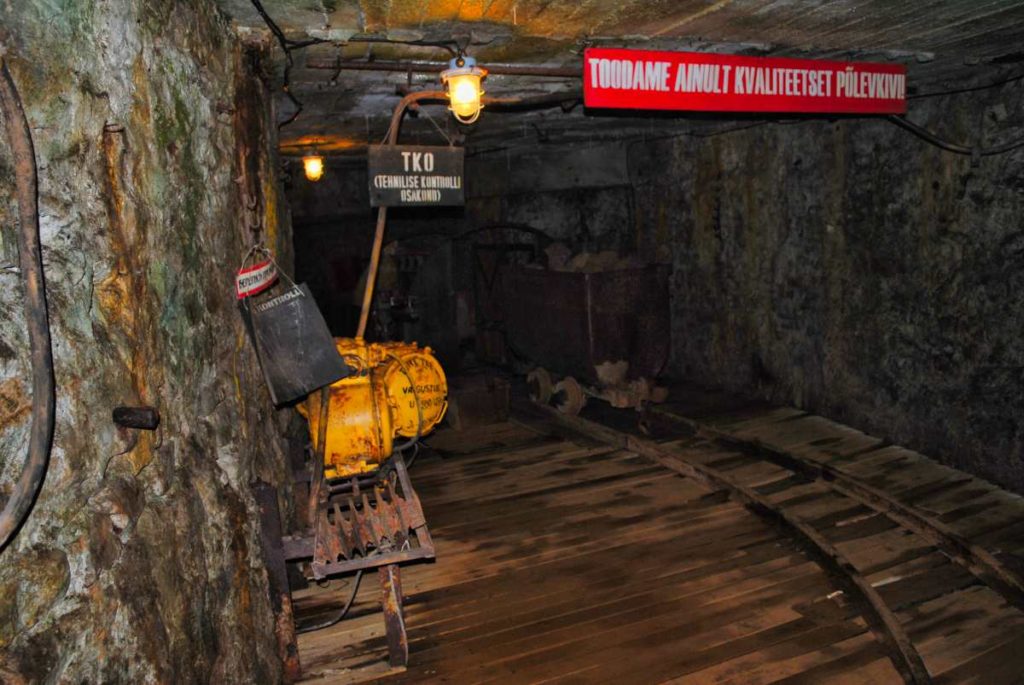
Estonian Mining Museum
The ores processed in Sillamäe came partly from the area around Kohtla-Nõmme, a small town with only 1000 inhabitants. Oil shale has been mined here since 1937. Actually, oil shale is not really shale from a geological point of view, but oil can still be extracted from it, even if it is not of particularly high quality. In Narva today, oil shale is nevertheless used to run a power plant. It is the largest oil shale power plant in the world. Mining in Kohtla-Nõmme has been discontinued because the costs for the low-grade oil got completely out of hand over time. In the future, however, this type of energy production could become profitable again in view of the finite oil reserves in the Arab region. And after all, it is one of Estonia’s few natural resources.
In Kohtla-Nõmme, at least, you can get an idea of how the miners worked in Soviet times. The site looks a little outdated, but for that very reason it combines the charm of an industrial monument with that of a lost place and is definitely worth a visit. You can visit both the tunnels underground and the refining plant, which has a modern visitor centre attached.
Kiviõli Seikluskeskus
In the north-east, as you have already noticed, there are some quirky sights. And Kiviõli Seikluskeskus is no exception. It is a former spoil heap right between Rakvere and Narva that has been converted into a small sports and recreation park. In the summer, you can ride down the slag heap on a BMX bike, take a boat around the slag heap or, in the winter, get on your skis and whizz down the mountain. Courses for beginners and children are also offered here, so there’s something for the whole family all year round.
Alutaguse National Park
Southeast of Rakvere and a few kilometres north of Lake Peipus lies the Alutaguse National Park. In this sparsely populated region, nature has remained almost untouched for centuries, so that today you can visit a relatively pristine landscape of moors and forests. The national park can be easily explored on several hiking trails, and at the Iisaku Nature Centre you can learn a lot of valuable information about this calming natural landscape. You can also learn more about the rare animal inhabitants of the region, such as the gliding squirrel, the willow ptarmigan and the black stork.
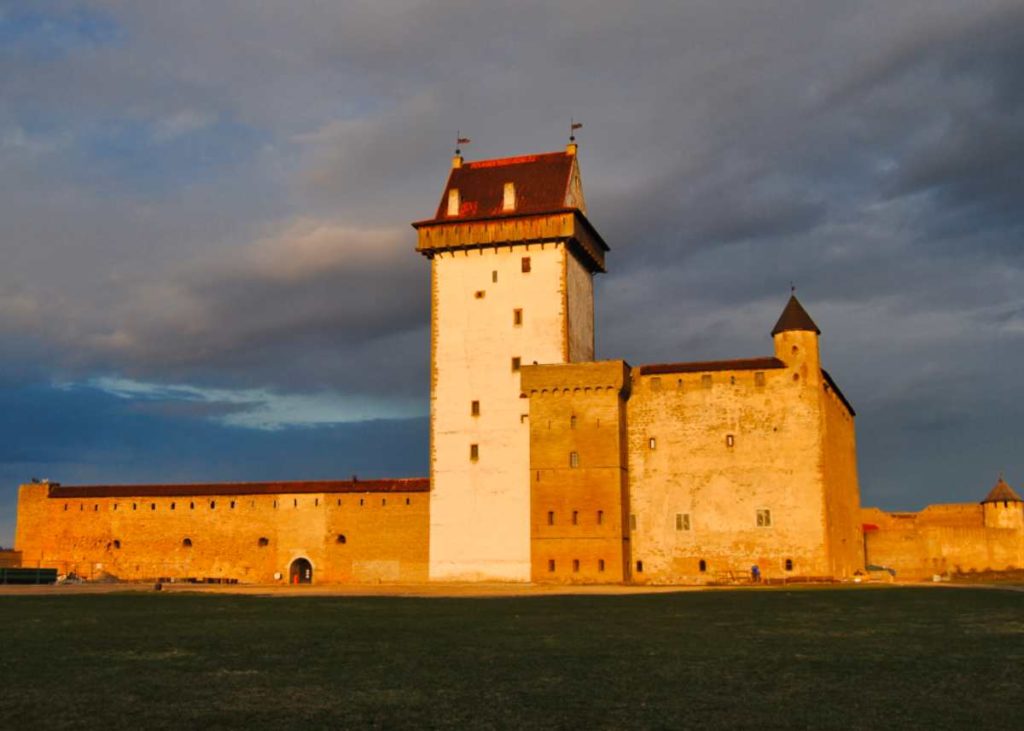
Narva
Narva is certainly not the most beautiful of all Estonian cities. Located in the very north-east, it also has a somewhat shadowy existence. In a way, the city is divided into two parts. The river that gave the city its name, which flows into the Baltic Sea a little north of the city, forms the EU’s external border here and divides Estonian Narva from the much smaller Russian city of Ivangorod.
Narva is not only worth a visit for the famous Hermann’ s Fortress, whose Russian counterpart stands on the other side of the river. We will soon take a closer look at this unusual city in a separate article and show you how things are today in the third largest Estonian city (approx. 55,000 inhabitants) with its 95% Russian-speaking population. So we’ll only cover it briefly here and move on to the last stop on our journey through north-eastern Estonia.
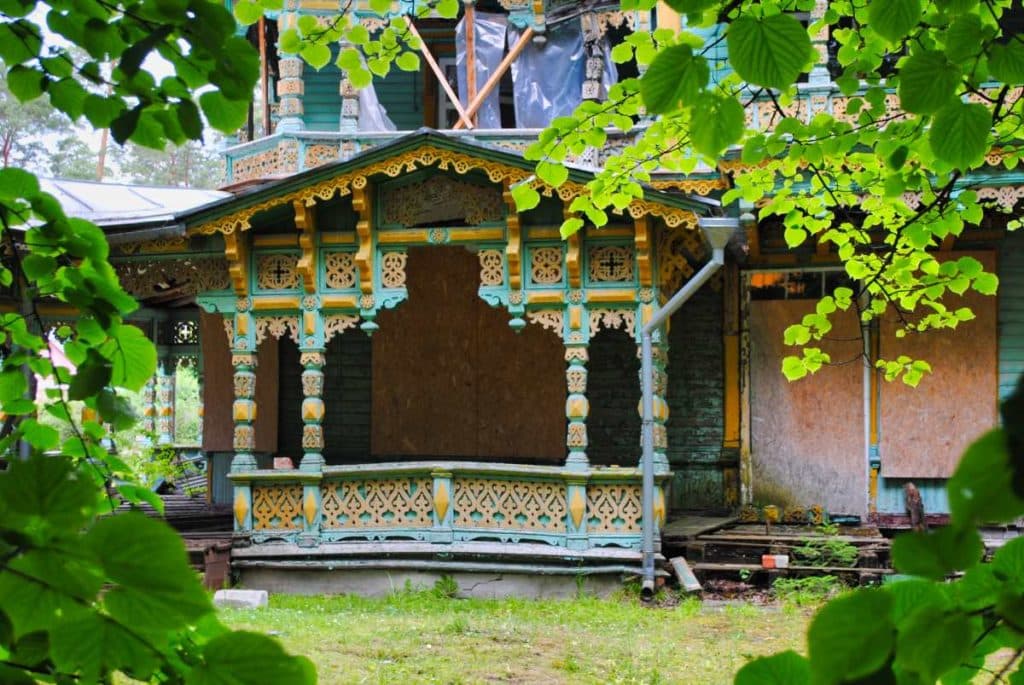
Narva-Jõesuu
Narva-Jõesuu is the most north-eastern of all Estonian towns. Narva-Jõesuu borders directly on Russia – and on the Baltic Sea. For a long time, Narva-Jõesuu with its long sandy beach was known primarily as a health resort, as evidenced by the many short hotels and wooden houses from the 19th century, some of which have fallen into disrepair. In Soviet times, they were joined by several modern sanatoriums and convalescent homes. It is precisely this mixture of Soviet and Tsarist buildings in combination with the sea and the beach that makes this unusual place so appealing. In recent times, Narva-Jõesuu, which had long suffered from the absence of Russian spa guests, has recovered and is slowly awakening from its long slumber.
No products found.
No products found.
No products found.
No products found.
No products found.
No products found.
We hope you enjoyed our trip to Rakvere, Narva and the north-east of Estonia. What is your favourite place for a trip to Estonia? Let us know and drop us a comment!

